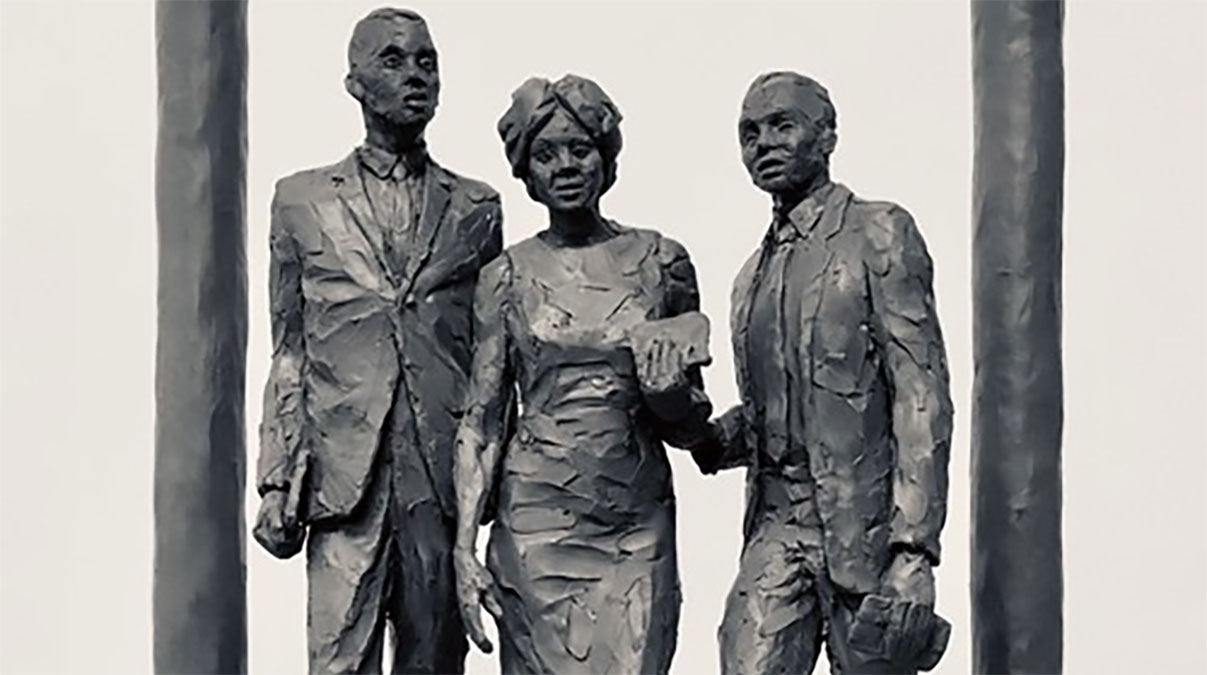
Sept. 11, 1963

Henrie Monteith Treadwell, Robert Anderson, and James Solomon led the desegregation of the University of South Carolina, the first Black students to do so since Reconstruction.
Two weeks earlier, a bomb exploded near Treadwell’s home to scare her from enrolling. “It’s just something we heard in the middle of the night,” she recalled. “All of a sudden, we got up and said, ‘What was that?’”
But the bomb didn’t deter her fight, which began after the university refused to admit her. That refusal sparked “a new fervor in me,” she said. After that, “everything changed,” her aunt, Martha Monteith said. “She had to live on campus, for safety reasons. Think about all that. She had to be protected.”
The university had a history of protecting its segregationist ways, firing Chester Travelstead, dean of the School of Education, in 1955 for publicly supporting integration.
The trio of Black students won their fight and were admitted, enduring threats, harassment and racist slurs. After a combat tour in Vietnam, Anderson became a social worker in New York City and later an official in the Veterans Administration. Solomon served in the U.S. Air Force and received degrees in chemistry and mathematics before serving as division director at the Commission on Higher Education and the commissioner of the Department of Social Services. His continued public service earned him the Order of the Palmetto — the highest award given to a resident of the state.
As for Treadwell, she made history by becoming the first Black student to graduate from the university since 1877. After earning bachelor’s and master’s degrees and a doctorate in biochemistry, she studied healthcare in impoverished areas and researched health issues of Black male teens, including prison health, health policy and health services. Treadwell said her fight to enroll “made me a stronger person than I might have been had I not had to walk some of those paths by myself.”
In 2022, university officials announced their plans to build statues honoring the trio.

